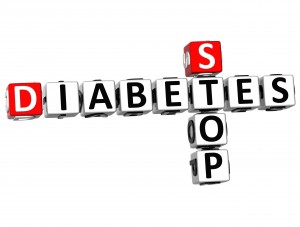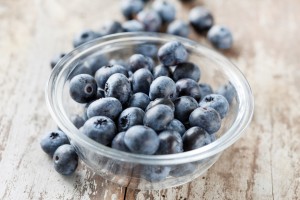
Taking responsibility for one’s health is an important step to ward off disease… here we talk about keeping blood sugar levels healthy and diabetes at bay
1. Eat mini meals, always with protein
Eat 5-6 small meals per day; these meals should ideally be eaten while sitting down and consciously enjoying food rather than taking a bite here or there while driving, doing work at the computer, or walking around. Adding protein to all meals helps to slow the breakdown of food, which helps your body’s blood sugar levels stabilize.
2. Cinnamon
Ground cinnamon is tasty sprinkled on granola or oats in the morning, or on apple and almond butter as an afternoon snack. It also has the added benefit of lowering blood sugar levels.
3. Increase Fiber Intake
Increasing whole foods that are high in fiber, such as green leafy veggies, fruit (such as blueberries, raspberries & pears), ground flax and chia seeds (our favourite!), nuts and seeds (think raw almonds, sunflower & sesame seeds), whole grains (try quinoa, buckwheat, oats), and a variety of lentils & beans – all of these help to slow gastric emptying which allows more time for digestive juices to work on your food, so you get the most nutrients out of what you eat.
4. Reduce or eliminate refined sugar and carbohydrate intake
Refined sugars are very easy to digest, which explains why we get so hungry quickly after we’ve eaten a piece of milk chocolate, cookie, or pastry, for example. Reducing the intake of such refined sugars helps to maintain blood sugar levels and avoid large spikes and crashes in our energy throughout the day.

Blueberries and high in nutrients and fiber, low in calories and contain antioxidants – something that we all (diabetics and non-diabetics, alike) can benefit from!
Yes, even veggies and fruits can spike blood sugar levels. Veggies such as potatoes, parsnip & corn, and fruits such as bananas, watermelon, canteloupe & dates have a high sugar content. Try to substitute these with low sugar veggies (leafy greens, green beans, onions) and fruits (berries, peaches, plums).
6. Consider eating a low Glycemic Index (GI) diet
Visit http://www.glycemicindex.ca/glycemicindexfoods.pdf for an extensive list of foods (in alphabetical order) with their associated GI status. Or Search the ‘GI Database’ at http://www.glycemicindex.com/ to find out what foods are in a GI index category. Also, to find out more information and great resources on the GI index according to the Canadian Diabetes Association, visit http://www.diabetes.ca/for-professionals/resources/nutrition/glycemic-index/.
7. Exercise & physical activity!
Whether you enjoy jogging or cycling along a lakeshore, playing ultimate Frisbee, swimming, or lifting weights in a gym, the important thing is to get out and get active! Exercise helps reduce and stabilize your blood sugars naturally, without the need for medications, blood sugar lowering herbs or supplements.